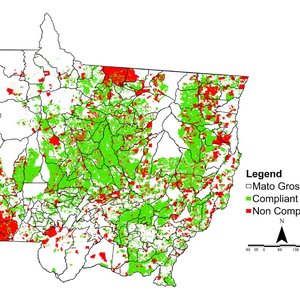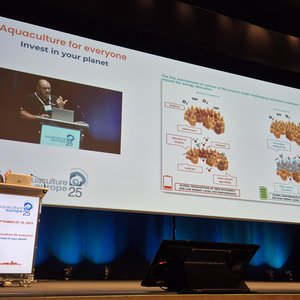At the upcoming 2018 World Nutrition Forum, experts from Biomin will delve into details on the application of –omics technologies and the understanding of antibiotic resistance.
“The resistance of bacteria against antibiotics is a growing worldwide concern in the field of animal husbandry, and more importantly in human medicine,” observed Dr. Mahdi Ghanbari, Scientist at BIOMIN Research Center.
Industry practitioners face a set of challenges when it comes to maintaining high performing, healthy and profitable animals while at the same time using fewer or no antibiotics.
“Nutrition has a crucial function in animal performance as well as in the maintenance of optimal animal health and welfare status. Specialty feed ingredients used in feed and pet food are pivotal contributors to ensuring adequate nutrition and optimal animal welfare,” noted Joerg Seifert of FEFANA, the EU Association of Specialty Feed Ingredients and their Mixtures.
The effects of novel feed additives –such as growth promotion, nutrient quality preservation, mycotoxin mitigation and pathogen prevention– contribute to a preventive approach that reduces the need for antimicrobials.
“A holistic, 360-degree approach to antibiotic reduction based on prevention involves looking at the entire set of factors that can contribute to animal health and performance, including management, nutrition, biosecurity, hygiene and health,” explained Nataliya Roth, Development Scientist at BIOMIN.
“Maintaining animals in optimal health contributes to the prevention of veterinary treatments and connected antibiotic use in livestock production,” added Mr Seifert.
The rapid advancement of gene sequencing technologies have recently made it possible to investigate a number of related questions regarding antibiotics, such as the prevalence and transmission of antibiotic resistance, as well as the mode of action of antibiotics and feed additives.
Next Generation Sequencing allows for the analysis of the genome as well as the transcriptome –the expression of all genes– at a given biological moment.
“Novel methods to study antibiotic resistance genes have been developed, enhanced by emerging Next Generation Sequencing (NGS) technologies,” stated Dr Ghanbari.
“It is important to understand the cellular mode of action of AGPs in order to develop suitable alternatives and optimize animal nutrition,” remarked Dr Bertrand Grenier, Scientist at BIOMIN Research Center.
“By using RNA sequencing, we have confirmed that beyond their antimicrobial effect, AGPs interact with the host tissue and modulate the anti-inflammatory response. A more sustainable method of growth promotion would, for example, modulate the same anti-inflammatory response without contributing to antibiotic resistance,” added Dr. Grenier.
Several categories of novel feed additives can play a role in an AGP-free or antibiotic-free feeding program.
“BIOMIN scientists and researchers have evaluated the effects of organic acids-based products, phytogenics and synbiotics on antibiotic resistant bacteria and genes in recent years,” explained Ms. Roth.
A minimum criterion for success is that an antibiotic reduction strategy maintains high performance levels and does not contribute to antibiotic resistance (AMR). Fortunately, the latest results suggest that this is achievable.
“Several scientific trials provide the confirmation that replacing antibiotics by novel feed additives provide similar levels of performance while reducing the prevalence of antibiotic resistance,” Ms. Roth concluded.
These experts will go into further detail on these topics during the Gut Performance Session of the 2018 World Nutrition Forum in Cape Town, South Africa from 3 to 5 October, 2018.










